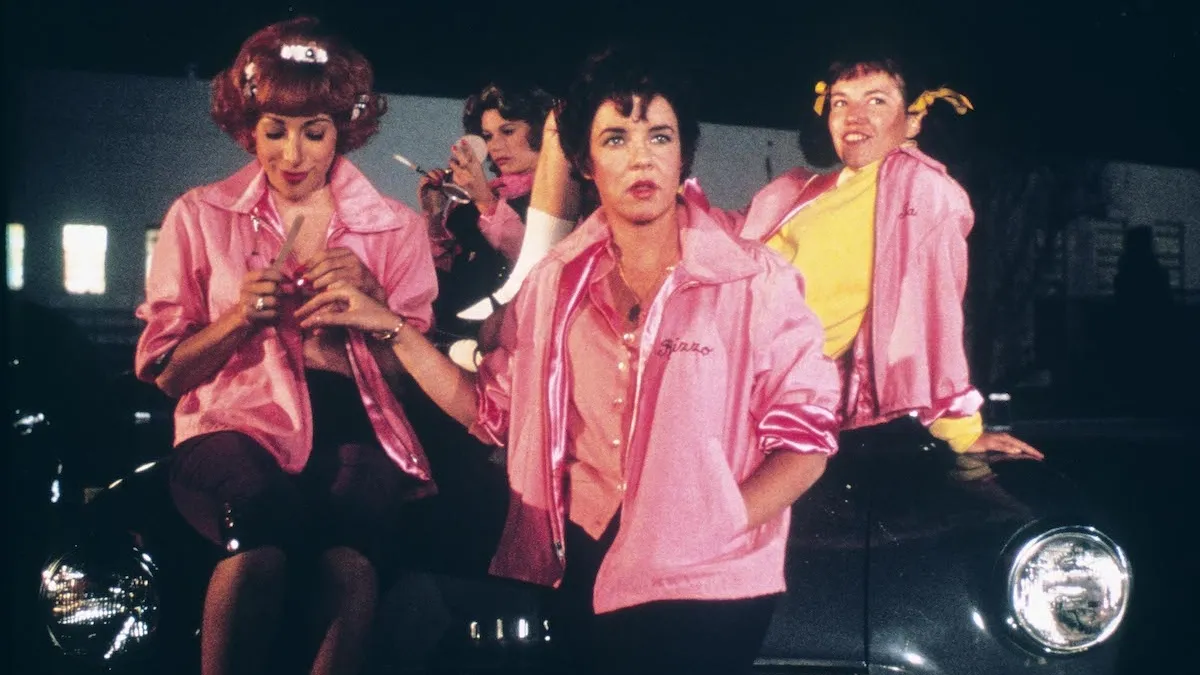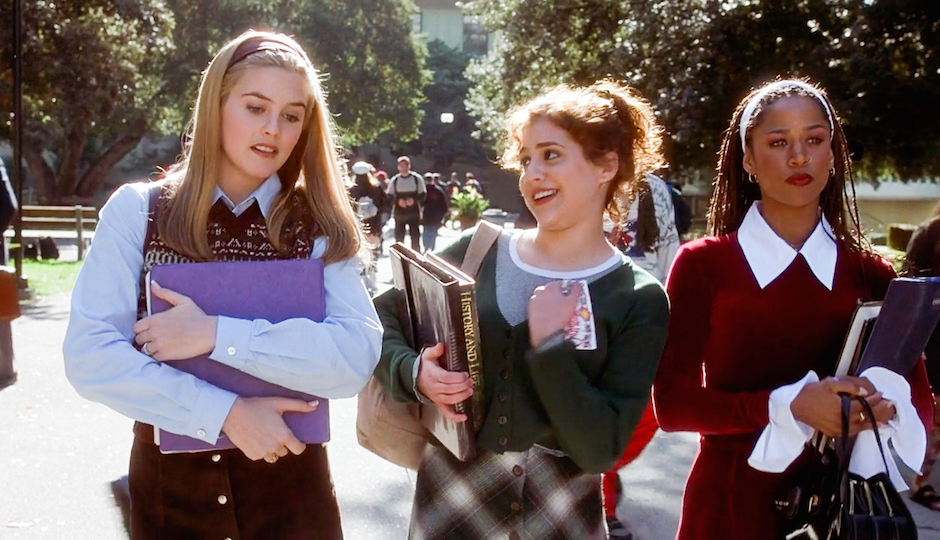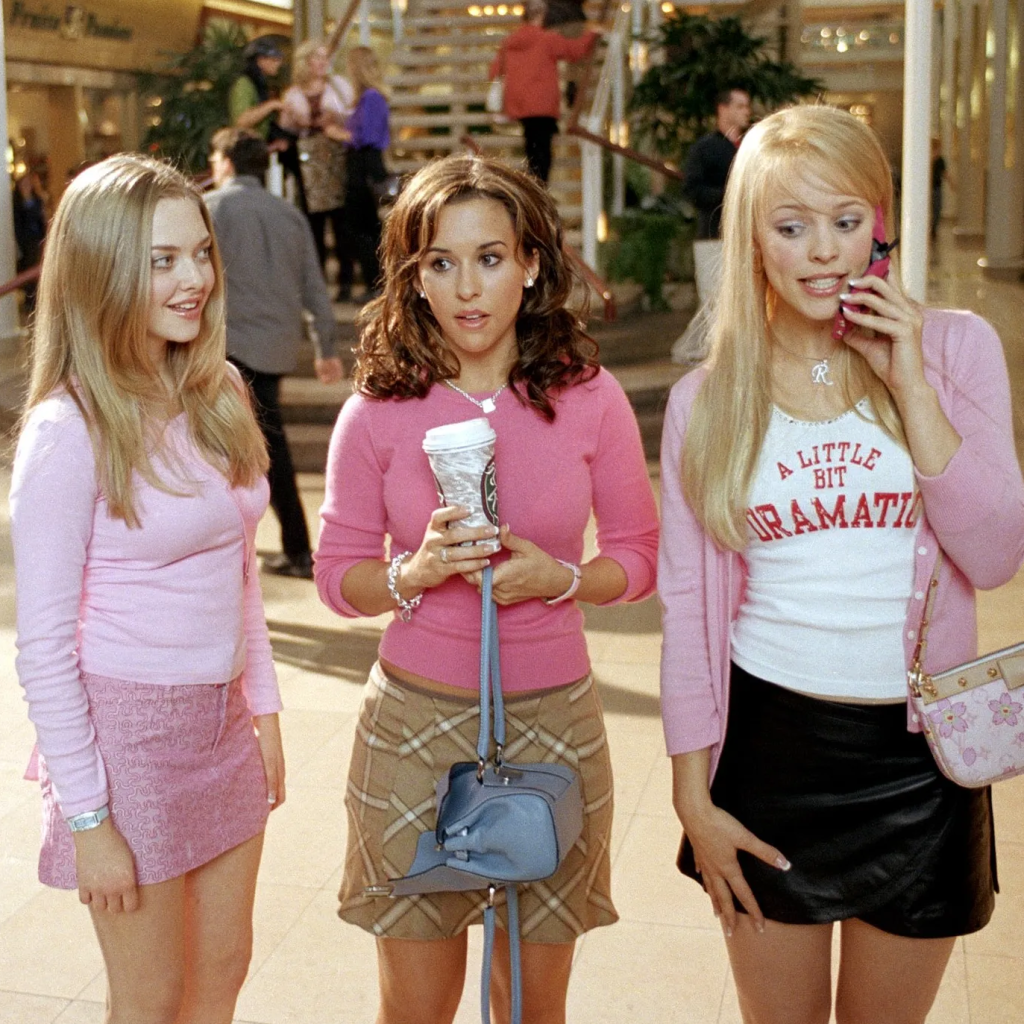Girl groups are a quintessential part of any woman’s life. They change, develop, break and renew. But why do we feel the need to belong to a girl group? Friendship dynamics are extremely complex, and even more so with girls and friendship groups. From film representations to real life, here is why girl groups are essential but multifaceted in a young woman’s life.
In pop culture and film, girl groups often have the same dynamic. First, there’s the ‘queen bee’. She is the power of influence in high school and makes the rules within her friendship group. As seen with Regina George, the ‘queen bee’ will often be toxic and compete with her friends. Then, we can see the one who obsesses over the Regina George of the group and tries to stay loyal despite the toxicity. Finally, there’s always someone who is just happy to be there. This structure eventually crumbles when the girls seek independence and authenticity outside of the group, as seen with the Plastics.
In real life, these dynamics are often not relatable. There are, of course, toxic girl groups that end up in heartbreak like the Plastics, but most of the time, there’ll be aspects of these dynamics but nothing on the same scale.

In the cult movie Grease, a major plot is the Pink Ladies and their relationship with Sandy. Their group doesn’t have the same dynamics as Mean Girls and is more accurate to real life. They are rebellious and supportive and are finding themselves amid high school dramas. They each have their unique personalities but form a well-balanced group. Integrating Sandy was difficult at first, but they ended up warming up to her and helping her get Danny in the end. The Pink Ladies also depicted how members of girl groups often influence each other in their style and slang. Something very relatable.
Girl groups are a representation of female power and support. They represent collective strength and confidence. When growing up, having a perspective on group identity to explore your own individuality is very important, especially during the impressionable teenage years. They can represent ‘grown-up’ dynamics, preparing us for what’s out there. They mirror real-life cliques and hierarchies that are often present in the working world. These things make girl groups an essential tool for maturing, support, and happiness.
However, there is a negative side to girl groups, sometimes making them a place of exclusion and toxicity. Girl groups can become cliques, often leaving others feeling excluded or ostracised. There’s often a huge pressure to conform to the group norms, even if it goes against the person’s morals. Gossip is a common activity between girls. While harmless gossip can be fine, some girl groups thrive on in-group gossip, leading to mistrust and harm within the group. These toxic behaviours can lead to comparison and competition between members, creating jealousy and low self-esteem.
During my last year of high school, I inadvertently formed a girl group with my best friend and two other friends. The group became a very important part of my year, and we were extremely close. It started as a very healthy and supportive group where we all felt comfortable being ourselves and showing our differences. Eventually, something went wrong, and one of the girls got pushed out of the group, leaving a trio. Trios are hit or miss, and, in this case, it wasn’t a hit. Towards the end of the school year, as I was leaving for Cardiff at the end of the summer and my two friends were staying in France, we drifted apart. While I don’t regret our year of friendship, I do regret losing my best friend to the curse of girl trios.
In Clueless, Cher’s friendship with Dionne is seen as understanding and supportive. Upon the arrival of Ty, the group dynamic changed. Ty conformed to their sense of fashion and changed who she was at the beginning of the film and wanted to compete with Cher. In the end, they are all seen as friends again, and Ty has regained some of her old self. Clueless depicts accurate phases of friendship in girl groups (especially trios) during the teens with fights over fashion and boys that eventually get resolved.

Overall, girl groups are something that every young woman has experienced and/or is experiencing. They are very important and are definitely more positive than negative. It is important to stay yourself despite the in-group conformity there might be. When group members merge into one personality, that is where the toxicity and competitiveness begin. Films like Clueless and Mean Girls influence group dynamics in positive and negative ways. They help us understand how some girls might feel behind the scenes of their groups and why personal identity is so important but they can also influence typical ‘Regina George behaviours’ in high school girls.

